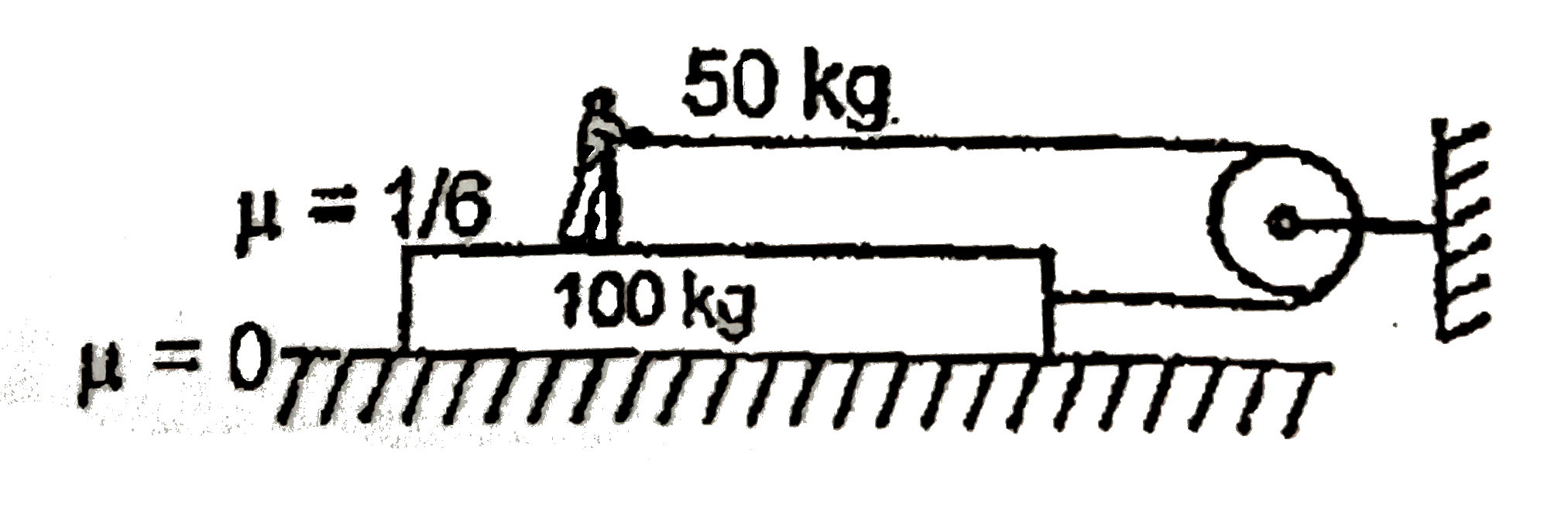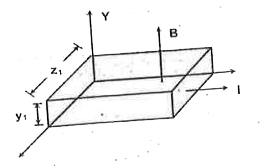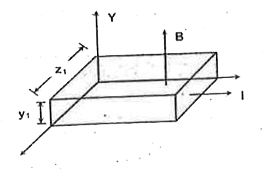A girl is trying to push a sofa kept on a floor. The floor exerts a frictional force of 35 N on the sofa towards the left. However, despite the fric tional force acting on the sofa, the girl was able to move it. What can you say about the magni tude of the force exerted by the girl? In which direction must she have moved the sofa?
To solve the problem, we need to analyze the forces acting on the sofa when the girl tries to push it.
1. Identify the Forces Acting on the Sofa:
- The frictional force acting on the sofa is given as 35 N towards the left.
- The girl exerts a force on the sofa in an attempt to move it.
2. Understanding the Condition for Movement:
- For the sofa to move, the force exerted by the girl must be greater than the frictional force opposing the movement.
- This means that the force exerted by the girl (let's call it F_girl) must satisfy the condition:
Fgirl>Ffriction
3. Calculating the Minimum Force Exerted by the Girl:
- Since the frictional force is 35 N, the minimum force that the girl must exert to overcome this friction is:
Fgirl>35N
- Therefore, we can conclude that the force exerted by the girl must be greater than 35 N.
4. Determining the Direction of the Force:
- The frictional force acts towards the left, which means it opposes any movement to the left.
- Since the girl was able to move the sofa despite the friction, she must have exerted her force in the opposite direction, which is towards the right.
5. Conclusion:
- The magnitude of the force exerted by the girl is greater than 35 N.
- The direction in which she moved the sofa is towards the right.
Final Answer:
- The force exerted by the girl is greater than 35 N.
- She moved the sofa towards the right.
- The frictional force acting on the sofa is given as 35 N towards the left.
- The girl exerts a force on the sofa in an attempt to move it.
- For the sofa to move, the force exerted by the girl must be greater than the frictional force opposing the movement.
- This means that the force exerted by the girl (let's call it F_girl) must satisfy the condition:
Fgirl>Ffriction
- Since the frictional force is 35 N, the minimum force that the girl must exert to overcome this friction is:
Fgirl>35N
- Therefore, we can conclude that the force exerted by the girl must be greater than 35 N.
- The frictional force acts towards the left, which means it opposes any movement to the left.
- Since the girl was able to move the sofa despite the friction, she must have exerted her force in the opposite direction, which is towards the right.
- The magnitude of the force exerted by the girl is greater than 35 N.
- The direction in which she moved the sofa is towards the right.
- The force exerted by the girl is greater than 35 N.
- She moved the sofa towards the right.
Topper's Solved these Questions
- FORCE AND PRESSUREBOOK - PEARSON IIT JEE FOUNDATIONCHAPTER - FORCE AND PRESSUREEXERCISE - COMPETITION CORNER
37 Videos
- FORCE AND PRESSUREBOOK - PEARSON IIT JEE FOUNDATIONCHAPTER - FORCE AND PRESSUREEXERCISE - CLASSROOM CORNER( B. Short Answer Type Questions)
24 Videos
- ELECTROMAGNETISMBOOK - PEARSON IIT JEE FOUNDATIONCHAPTER - ELECTROMAGNETISMEXERCISE - CONCEPT APPLICATION ( LEVEL 2)
20 Videos
- FRICTIONBOOK - PEARSON IIT JEE FOUNDATIONCHAPTER - FRICTIONEXERCISE - Competition Corner
54 Videos
Similar Questions
A girl weighing 25 kg stands on the floor. She exerts a downward force of 250 N on the floor. What force does the floor exert on her ?
View SolutionA person pushes horizontally with a force of 220 N on a 55 kg crate to move it across a level floor. The coefficient of kinetic friction between the crate and the floor is 0.35. What is the magnitude of (a) the frictional force?
View Solution
Knowledge Check
Rahul is pushing a heavy sofa in the north-east direction. In which direction would frictional force act on the sofa?
ANorth-eastBSouth-eastCNorth-westDSouth-westChoose the correct option for each question. There is only one correct response for each question.
Manav is applying a force of 50N towards the right on a box kept on the floor. The box, how ever, is not moving. What can you say about the frictional force acting on the box?AFrictional force of 50N is acting on the box towards the rightBFrictional force of 25N is acting on the box towards the rightCFrictional force of 50N is acting on the box towards the leftDFrictional force of 25N is acting on the box towards the leftChoose the correct option for each question. There is only one correct response for each question.
Manav is applying a force of 50N towards the right on a box kept on the floor. The box, how ever, is not moving. What can you say about the frictional force acting on the box?AFrictional force of 50N is acting on the box towards the rightBFrictional force of 25N is acting on the box towards the rightCFrictional force of 50N is acting on the box towards the leftDFrictional force of 25N is acting on the box towards the left
A man of mass 50 kg is pulling on a plank of mass 100 kg kept on a smooth floor as shown with force of 100 N. If both man & plank move together, the force of friction acting on man is 100xN. What is x ?

View SolutionIn a conductor, there are free electrons which continuously move randomly but inside the volume of the conductor. When such a conductor is placed inside a magnetic field then what can you say about the magnetic forces acting on the system?
View SolutionConsider ·an astronaut trapped in space, isolated from surrounding. He can reach his spacecraft if some velocity is gained by him somehow. Suddenly he realises that he has got a small pencil in his pocket. How can he acquire velocity (momentum) ?
We take the system to consist of the astronaut and the pencil as shown in Fig. 4.4. We assign the positive direction of the x-axis to be the direction of throw. The gravitational force acts on the $Y5tem, which indeed is external force. However, this force is directed along the y-axis, it will not change momentum along x-axis. we· can thus apply the conservation of momentum to this system. What happens to the force exerted by the astronaut on the pencil while throwing it?
ma→Vai+mp→Vpi=ma→Vaf+mp→Vpf<br>0+0=Ma→Vaf+mp→Vpf<br>→Vaf=−mP→–––(pf)ma
The negative sign indicates that the astronaut moves in the direction opposite. to the direction of motion of the pencil.

View SolutionThe basic principle underlying the hall effect is the Lorentz force. Whenk an electron moves along a direction perpendicular to an applied magnetic field. It exeriences a force acting normal to both the directions and moves in response to this force and the force exerted by the internal electric field. For an - n-type bar shaped semiconductor, the carries are predominatly electrons of bulk density n. We assume that the constant current I flows along the x-axis from left to right in the presence of a magnetic field toward the negative z-axis resulting in an excess surface electrical charge on the sides of the sample. this charge results in the hall voltage a potential drop across the two sides of the sample
Thre transverse voltage is the hall voltage VH and its magnitude is equal to IB/qnD, where I is the current B is the magnetic field, d is the sample thickness and q is the elementary charge. A silver ribbon lies as shown in the adjacent figure (z1=11.8mm and = 0.23 mm) carrying a current of 120 A in the x -direction in unifrom magnetic field B = 0.95 T. If electron density is 5.85×1028/m3 then

What is the magnitude and direction of electric field ?
View SolutionThe basic principle underlying the hall effect is the Lorentz force. Whenk an electron moves along a direction perpendicular to an applied magnetic field. It exeriences a force acting normal to both the directions and moves in response to this force and the force exerted by the internal electric field. For an - n-type bar shaped semiconductor, the carries are predominatly electrons of bulk density n. We assume that the constant current I flows along the x-axis from left to right in the presence of a magnetic field toward the negative z-axis resulting in an excess surface electrical charge on the sides of the sample. this charge results in the hall voltage a potential drop across the two sides of the sample
Thre transverse voltage is the hall voltage VH and its magnitude is equal to IB/qnD, where I is the current B is the magnetic field, d is the sample thickness and q is the elementary charge. A silver ribbon lies as shown in the adjacent figure (z1=11.8mm and = 0.23 mm) carrying a current of 120 A in the x -direction in unifrom magnetic field B = 0.95 T. If electron density is 5.85×1028/m3 then

What is the value of hall emf?
View Solution
